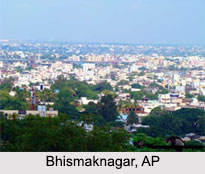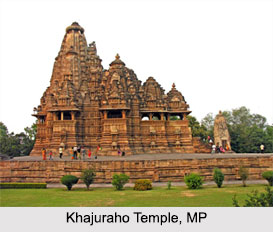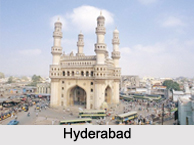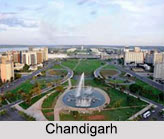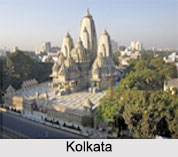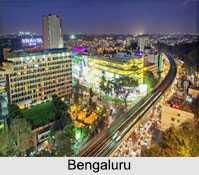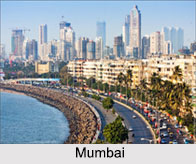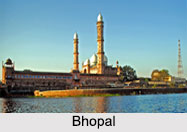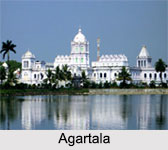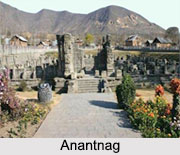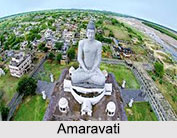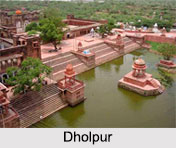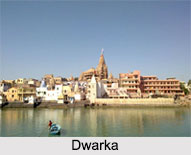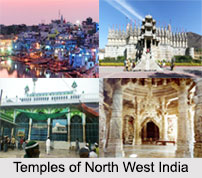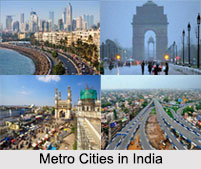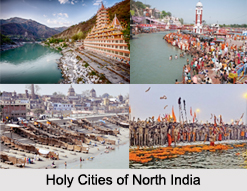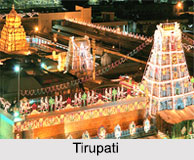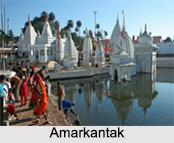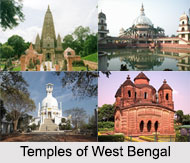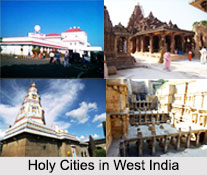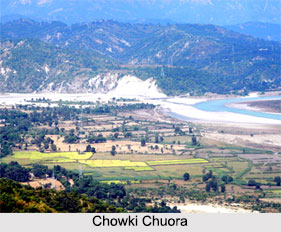 Chowki Choura of Akhnoor is a sub-division in Jammu district in the state of Jammu and Kashmir.
Chowki Choura of Akhnoor is a sub-division in Jammu district in the state of Jammu and Kashmir.
Location of Chowki Choura
Chowki Choura is located at about 50 km from Jammu in Jammu District of Jammu and Kashmir. Chowki Choura is extended at 32.87 degree North to 74.73 degree East.
Geography of Chowki Choura
Chowki Choura is geographically situated in the foothills of the Himalayan Mountain Range. It is an extremely beautiful town. The picturesque town is located on the bed of Kali Dhar Range surrounded by Khadhandhara Valley on east side of it. Chowki Choura used to be in the part of Akhnoor Tehsil.
History of Chowki Choura
On 21st October 2014, Chowki Choura was bifurcated from Akhnoor Sub-Division. Chowki Choura Sub-Division comprises of Chowki Choura Tehsil, Chowki Choura Block and Chowki Choura Education Line. Chowki Choura Tehsil comprises Ghar Majoor, Chowki Choura and Ray Salyote Niabats.
Elevation of Chowki Choura
Chowki Choura has an average elevation of 301 meters. Chowki Choura is located at the right bank of the Tawi River. Tawi River merged with Chenab River at Kathar Village (Mera Mandrian Tehsil).On the North and East, the Shiwaliks, Kali Dhar and Trikuta range surround it. Chowki Choura lies on Jammu-Poonch National Highway about 28 km away from Jammu. Chowki Choura connects with Rajouri District on North, Reasi District on East and Chamb Tehsil (Pakistan Jammu Kashmir Area) on west.
Demography of Chowki Choura
Chowki Choura had a population of 1,145. The males constitute 52 percent of the population and females 48 percent. Chowki Choura has an average literacy rate of 78 percent, higher than the national average of 59.5 percent; with 56 percent of the males and 47 percent of females literate. The languages spoken in Chowki Choura are Dogri followed by Gojri, Hindi language and English language.
Tourism in Chowki Choura
Chowki Choura has “Rajaein di baan", (a palace of Kapahi Royal Family) which was built by Kapahi royal family of Jammu and Kashmir. Rajaein di baan is located very close to Chowki Choura. There is a famous Mahakali Temple at Godhar where devotees perform puja especially on Tuesday. The border of India and Pakistan is around 30 kilometres away by road.
Related Articles
Jammu District
Jammu and Kashmir
Cities of Jammu and Kashmir
Akhnoor
